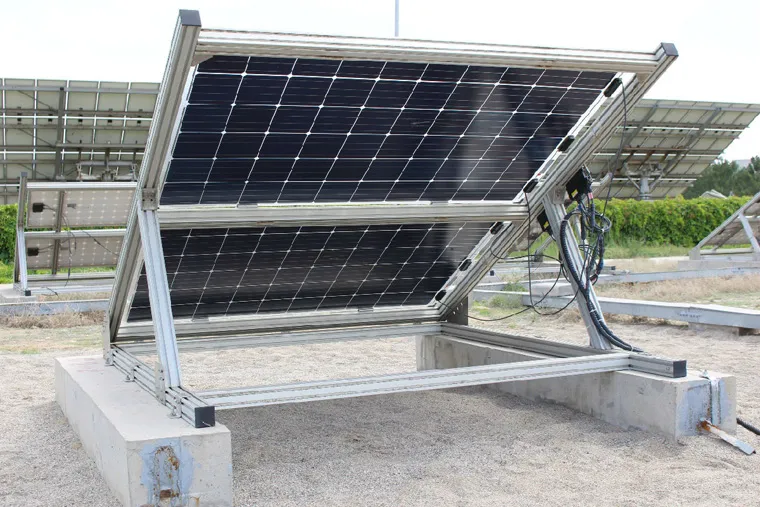30kw 3 phase hybrid inverter
Understanding the 30kW 3-Phase Hybrid Inverter A Comprehensive Overview
In today’s rapidly evolving energy landscape, the demand for efficient and sustainable energy solutions has never been higher. One pivotal component of this transformation is the hybrid inverter—particularly the 30kW 3-phase hybrid inverter. This technology plays a crucial role in integrating renewable energy sources like solar power with conventional grid systems. Let us delve deeper into what a 30kW 3-phase hybrid inverter is, its benefits, applications, and how it works.
What is a 30kW 3-Phase Hybrid Inverter?
A 30kW 3-phase hybrid inverter is an advanced device designed to convert direct current (DC) generated from renewable sources, such as solar panels, into alternating current (AC) that can be used by electrical appliances. The inverter possesses the unique capability of working with both battery storage systems and the electrical grid, allowing for a seamless transition between energy sources. This hybrid inverter is specially designed to handle higher power loads, making it suitable for commercial and industrial applications.
Key Features
1. High Capacity With a capacity of 30kW, this inverter can handle significant power demands, making it ideal for businesses that operate continuously or require substantial energy.
2. 3-Phase Output The 3-phase output ensures a balanced power supply, reducing voltage fluctuation and enhancing the performance of electric machinery. This feature is particularly beneficial in industrial settings.
3. Battery Integration One of the standout features of hybrid inverters is their ability to integrate with battery storage systems. This allows for energy generated during peak sunlight hours to be stored and used later, providing energy security and reducing reliance on the grid.
4. Smart Monitoring Many 30kW hybrid inverters come equipped with monitoring systems that track energy production, consumption, and battery levels in real-time. This feature enables users to optimize their energy use and make informed decisions about their energy consumption patterns.
Benefits of Using a Hybrid Inverter
- Cost Savings By utilizing solar energy and battery storage, businesses can significantly reduce their electricity bills. Hybrid inverters optimize energy consumption, particularly during peak hours when electricity rates are higher.
30kw 3 phase hybrid inverter

- Energy Independence With the integration of battery systems, businesses can gain greater energy independence. This means reduced vulnerability to grid outages and fluctuating energy prices.
- Sustainability Utilizing renewable energy sources reduces the carbon footprint of commercial operations, contributing to corporate sustainability goals and enhancing brand reputation.
- Scalability A 30kW hybrid inverter can be part of larger energy management systems. As energy demands grow, additional inverters and batteries can be integrated without a complete overhaul of the existing setup.
Applications
The versatility of the 30kW 3-phase hybrid inverter allows it to be used in various applications, including
- Commercial Real Estate Office buildings and retail spaces benefit from reduced operating costs through solar energy adoption.
- Agriculture Farms utilize hybrid inverters to power operations while also employing battery storage for lighting and machinery.
- Manufacturing Factories can use the inverter to stabilize power supply, improving the efficiency of production processes.
Conclusion
The 30kW 3-phase hybrid inverter stands as a critical innovation in the pursuit of sustainable energy solutions. Its capacity to blend renewable energy production with versatile energy management options positions it as an essential tool for businesses looking to enhance efficiency, reduce costs, and minimize their environmental impact. As the world continues to shift towards cleaner energy, hybrid inverters will undeniably play a pivotal role in shaping a sustainable future. Embracing this technology not only proves to be a wise economic investment but also a step towards a more sustainable and resilient energy ecosystem.
-
String Solar Inverter: The High-Efficiency Solution for Smart Solar EnergyNewsJul.14,2025
-
Revolutionizing Rooftop Energy with the Power of the Micro Solar InverterNewsJul.14,2025
-
Power Independence with Smart Off Grid Solar Inverter SolutionsNewsJul.14,2025
-
On Grid Solar Inverter: Powering the Future with Smart Grid IntegrationNewsJul.14,2025
-
Monocrystalline Solar Panels: High-Efficiency Power for the Future of Clean EnergyNewsJul.14,2025
-
Bifacial Solar Panel: A Smarter Investment for Next-Generation Energy SystemsNewsJul.14,2025







